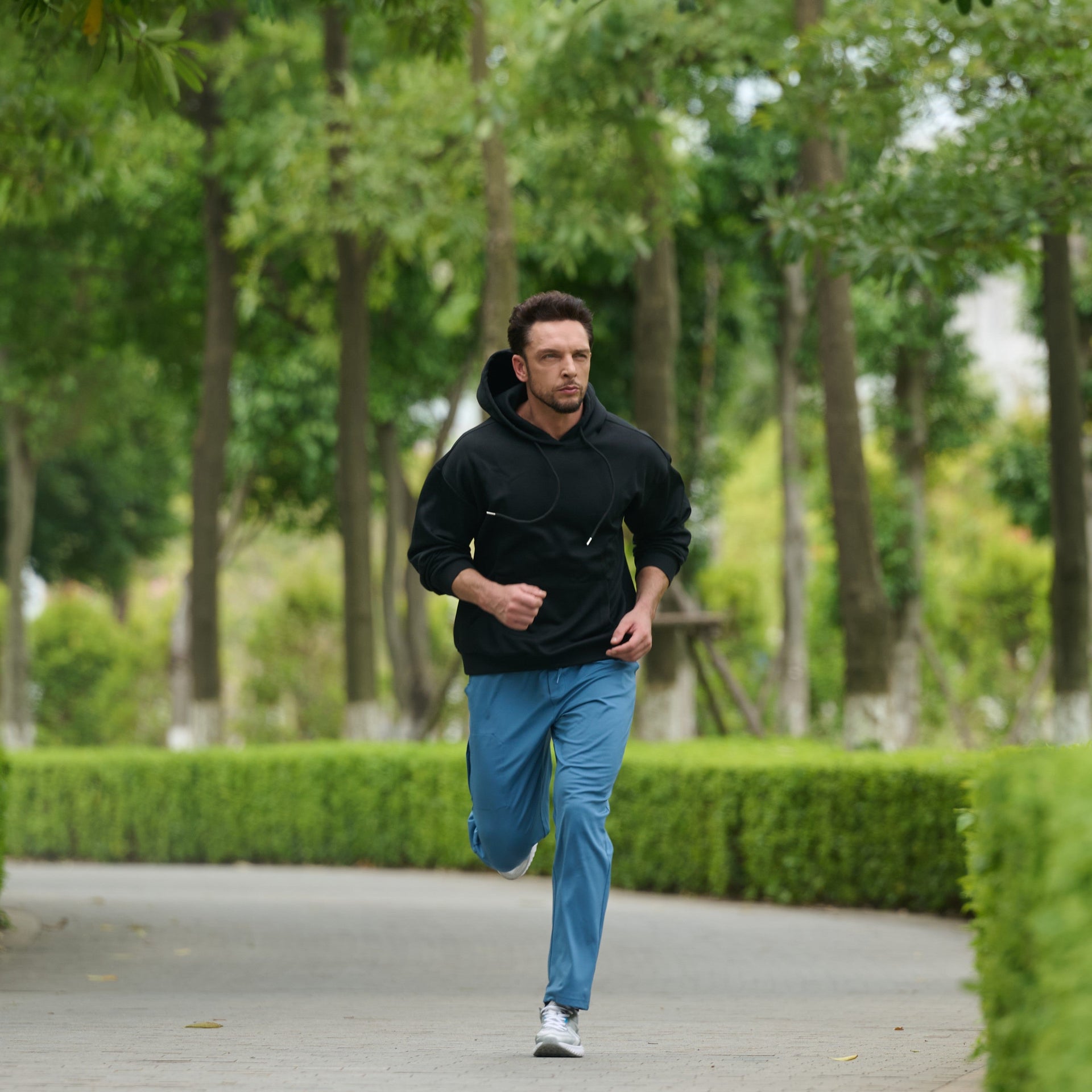
How to Avoid Catching a Cold After Exercising in the Cold?
Exercising outdoors in chilly weather is invigorating and rewarding, but it comes with one tricky side effect: sweat. Nothing feels more counterintuitive than breaking a sweat in near-freezing temperatures, only to shiver uncontrollably moments later. If you’ve ever found yourself drenched and freezing after a winter run, you know exactly what I mean.
So how do you prevent that sweat from turning into a one-way ticket to Snifflesville? Let’s break it down into a few key strategies.
1. Layer Up (Smartly, Not Like a Michelin Man)
Wearing the right layers can make all the difference. Opt for moisture-wicking base layers (like merino wool or synthetic fabrics) to pull sweat away from your skin. Avoid cotton—it absorbs moisture and stays wet, which is a recipe for rapid cooling. On top of your base layer, add an insulating layer for warmth and a breathable, wind-resistant outer shell. This way, you stay warm without overheating.
2. Cool Down Gradually (Don’t Just Stop Cold)
After an intense workout, your body is like a furnace. Suddenly stopping exposes you to the cold while you’re still sweaty. Instead of going from sprint to standstill, gradually lower your intensity in the last few minutes to allow your body to adjust. Walk briskly instead of stopping abruptly to prevent a sudden temperature drop.
3. Change Immediately (Sweat-Soaked Clothes Are Your Enemy)
The moment you stop moving, that sweat turns against you. If possible, swap out wet clothes for dry ones as soon as you’re done. Even changing your base layer and hat can make a significant difference in keeping warm. If you’re not near home, at least throw on a dry jacket or hoodie until you can change properly.
4. Hydrate Like It’s Summer
Cold air is dry, and sweating in the cold can still dehydrate you. Many people forget to drink enough water during winter workouts because they don’t feel as thirsty, but proper hydration helps regulate body temperature and prevents post-workout chills.
5. Refuel and Reheat
A warm drink or a light meal post-exercise not only helps replenish lost nutrients but also raises your core temperature. Herbal teas, warm water with lemon, or even a small bowl of soup can do wonders in keeping you cozy and preventing chills.
6. Mind the Wind Chill (It’s Sneakier Than You Think)
Wind chill can make temperatures feel significantly colder than they actually are. If it’s particularly windy, a windproof layer is essential to protect yourself from losing heat too quickly. Also, if possible, try to finish your workout in a sheltered area or near your car/home so you’re not exposed to the elements longer than necessary.
7. Listen to Your Body
If you start feeling excessively cold, dizzy, or weak post-workout, don’t brush it off. These could be early signs of hypothermia. Get yourself warm immediately, drink something hot, and rest.
Final Thoughts
Cold weather shouldn’t stop you from enjoying outdoor workouts, but being prepared is key. Dress appropriately, plan your cool-down, change quickly, and keep yourself fueled and hydrated. That way, you can stay fit, energized, and—most importantly—sniffle-free!
So go ahead, conquer the cold, and enjoy your winter workouts—without the fear of turning into a human popsicle.